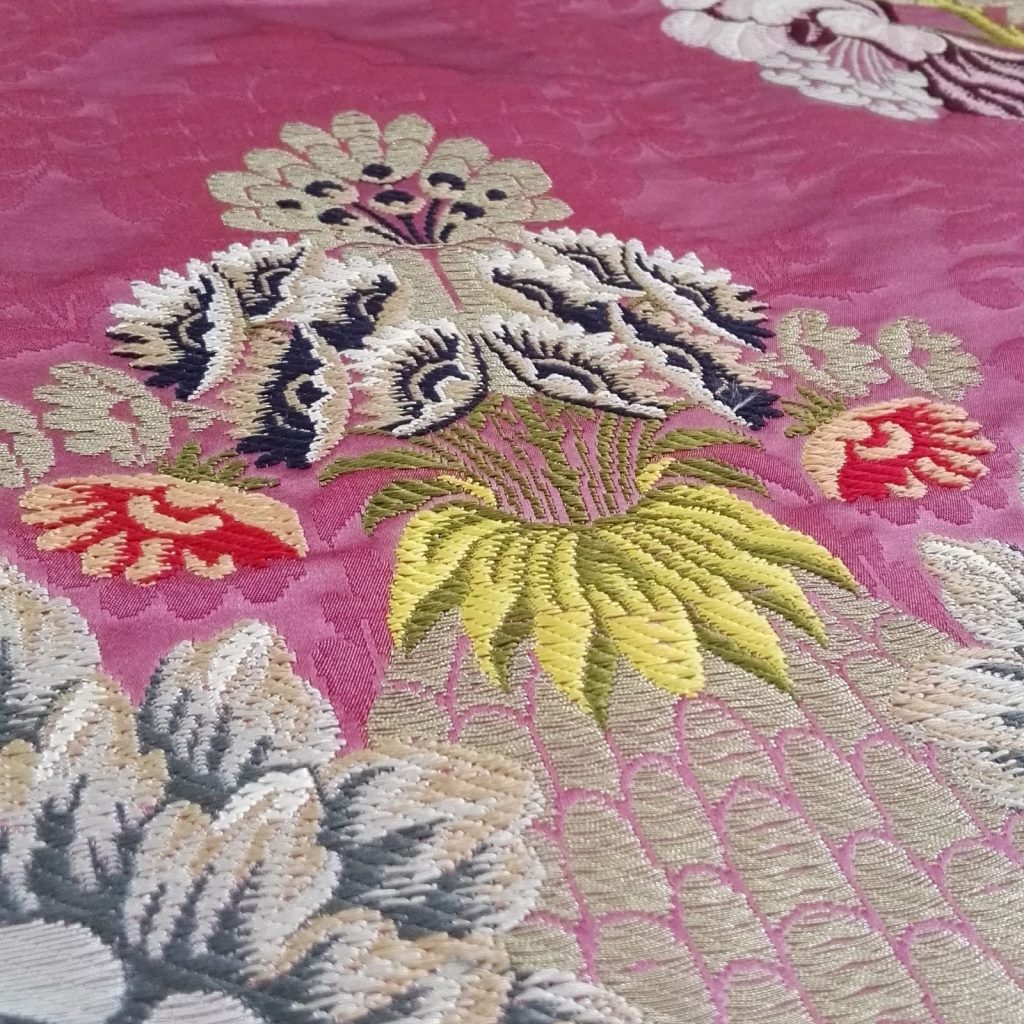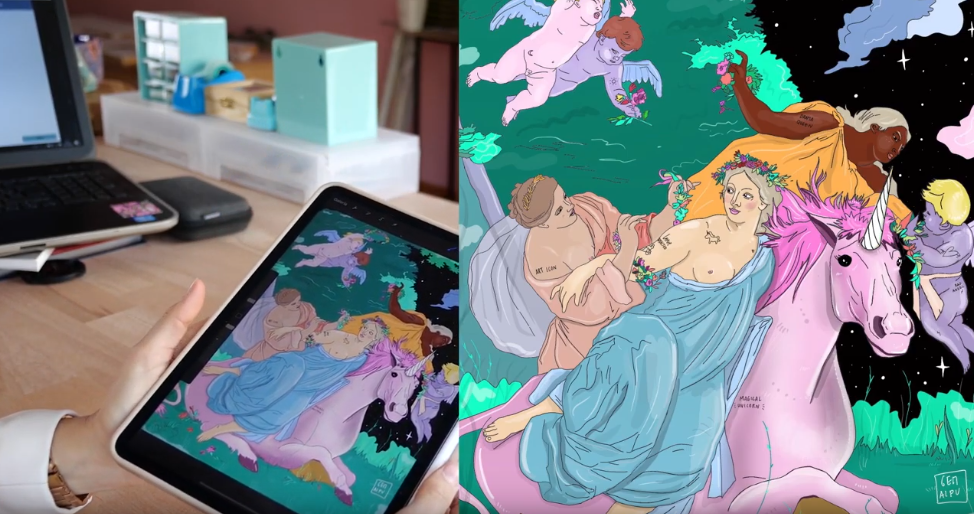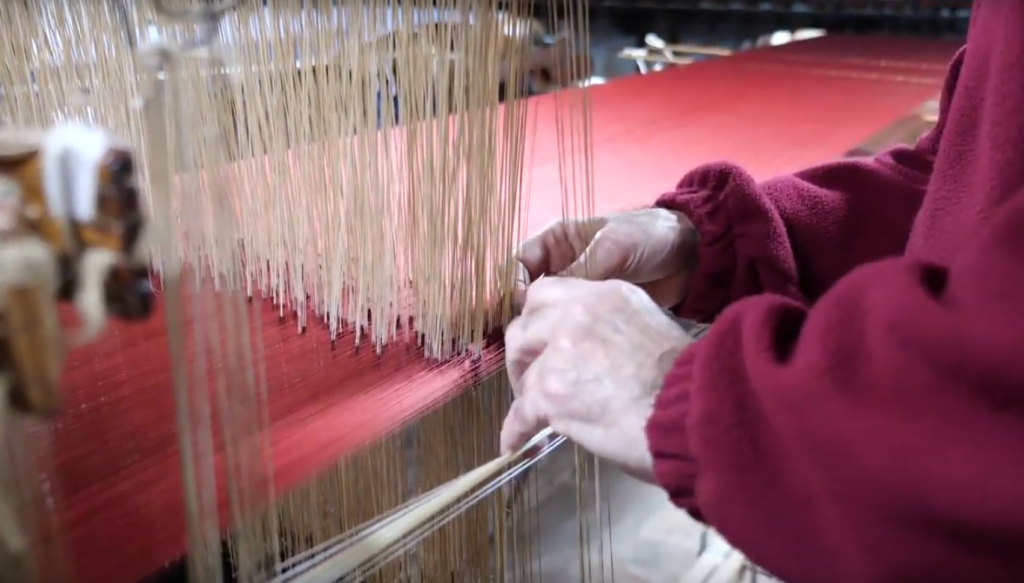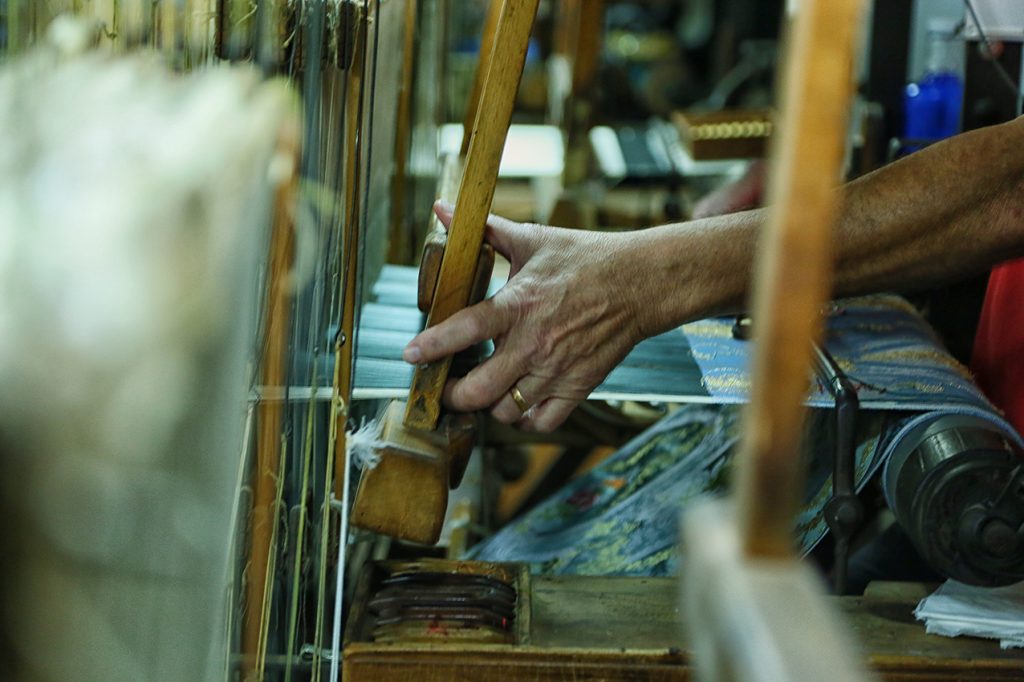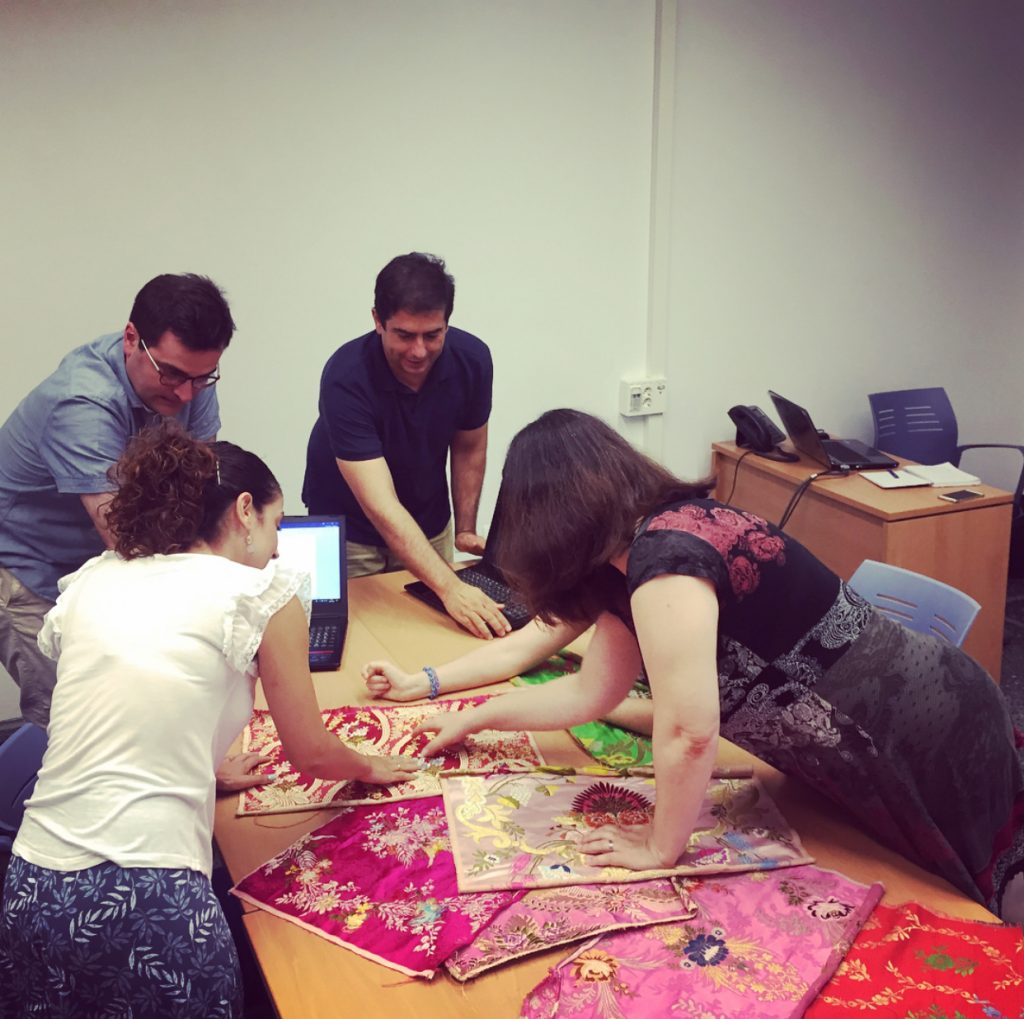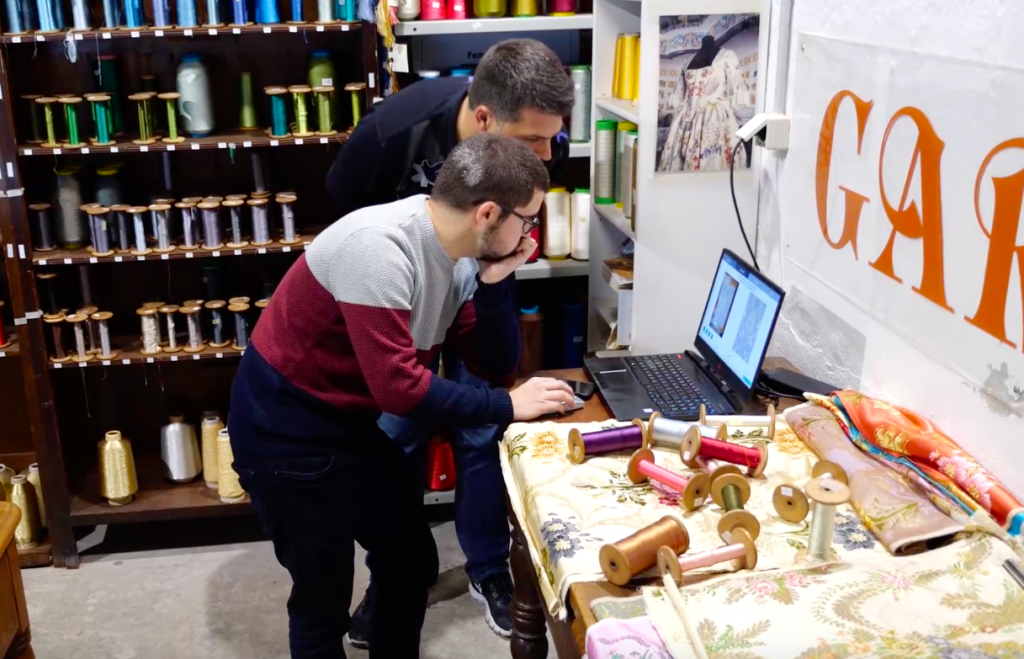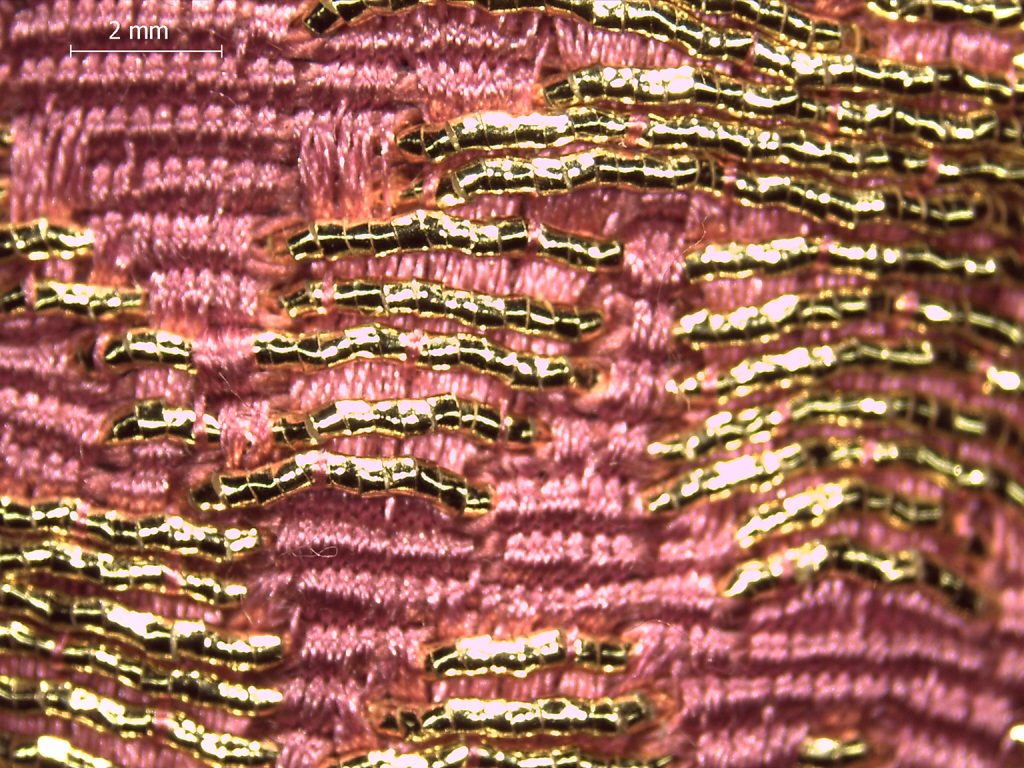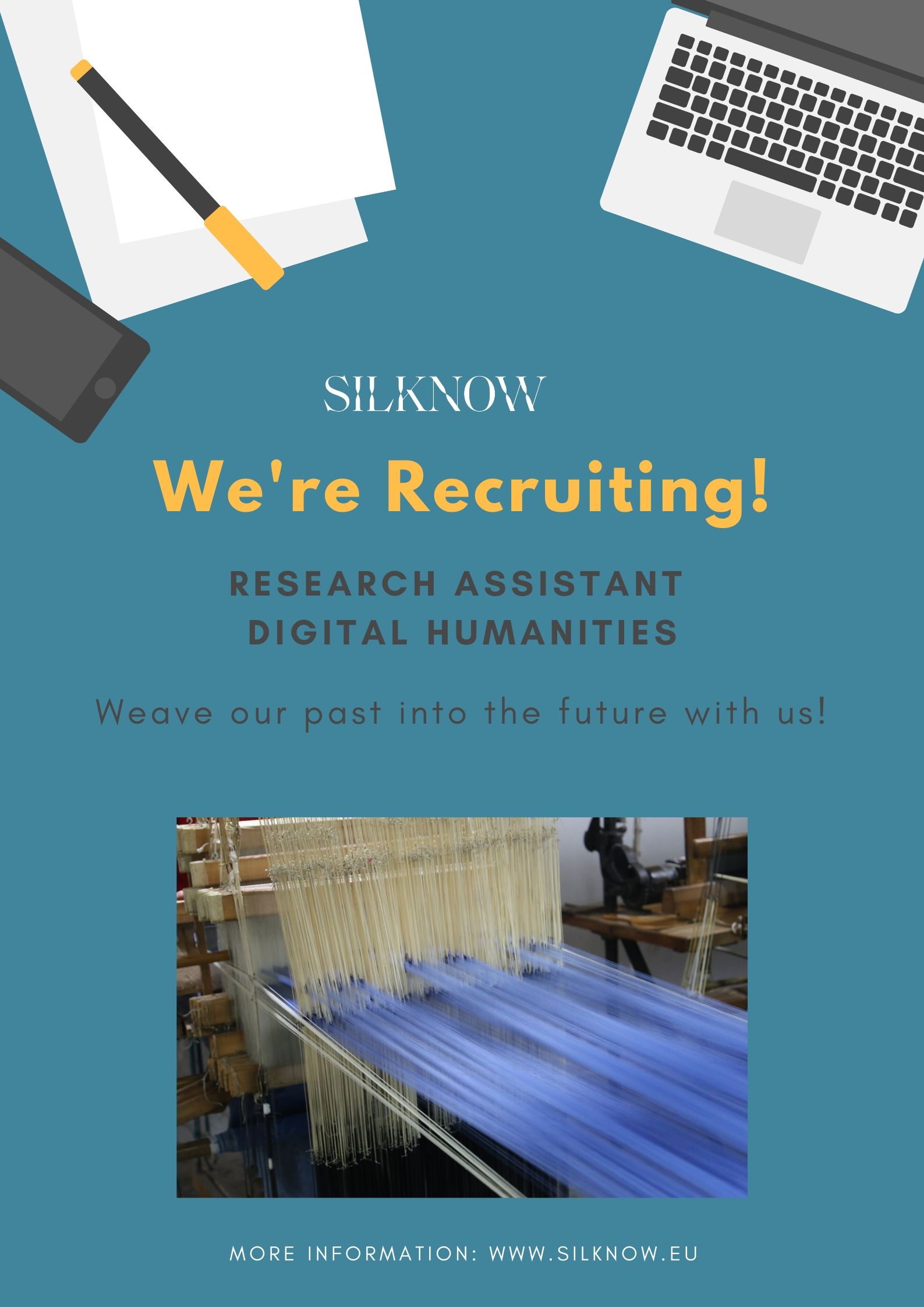
Role
The successful candidate will be active in the planning and delivery of the research activity for this project so that the overall objectives are met. This will involve a variety of tasks: research, dissemination, preparation of reports and publications, planning and organization of events, day-to-day management, etc. Ordinary working languages will be English and Spanish. The candidate will commence work as soon as possible, after the selection process.
Deadline for registration of applications: 10 June 2020
Eligibility
- Applicants must be graduates with a concentration on (preferably) Art History, or (alternatively) History, Humanities, Geography, Computer Science, or an equivalent degree in a Bachelor program.
- No specific master’s degree is required, but advanced training (or demonstrable experience) in Digital Humanities and related disciplines will be highly appreciated.
- Because of the administrative standing of this job offer, candidates with a completed PhD are ineligible. PhD students are welcome to apply, however.
- Languages: candidates must be proficient in English (at least, a C1 or equivalent level) and have a working knowledge of Spanish. Additional European languages (especially, Italian and/or French) are a plus.
- Applicants should provide proof of a background (or accredited experience) in all or some of the following areas: digital humanities, Linked Open Data, semantic web, data visualization, information management in museums and heritage collections, history of textiles, audience research, qualitative evaluation.
Submission
- The offer has already been officially published in the “Diari Oficial de la Generalitat Valenciana” and www.uv.es/pasinvest (under submenu Investigador/a no doctor/a).
- Applications must be presented at any registration desk in Universitat de València. Other legal registration procedures accepted by Spanish laws (including post offices) can be used, too. Outside Spain, submissions can also be made at Spanish consular offices or embassies.
- Use as the first document the application form provided in the official call.
- Attach a copy of your national identity document, and a photocopy of your university degree(s). In case of non-Spanish universities, please provide certification of its equivalence in the Spanish system.
- Curriculum vitae. Any dossier of publications or similar supporting documents should be made available online, via a single link, when possible. At its discretion, the selection committee might require a candidate to provide additional proof of any item.
- Motivation letter, approximately 500 words long.
If deemed necessary, an interview with the committee might be part of the selection process, be it online or face-to-face.
For informal enquiries about the position, please contact the project co-investigator Dr. Jorge Sebastián (jorge.sebastian@uv.es).
Given the special circumstances caused by the coronavirus crisis, do not hesitate to ask for help or guidance regarding any aspect of this job offer.
